
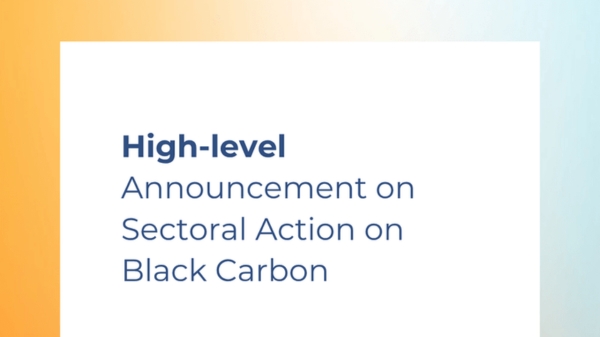
|
Clean Arctic Alliance calls for Arctic states to submit polar fuels proposal by December 5 deadline
Environmental group urges IMO member states to act on black carbon emissions following COP30 announcement. |
|
|
|
||
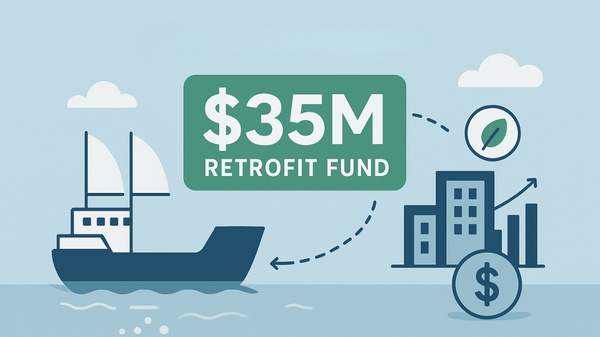
|
GCMD closes world's first pay-as-you-save vessel retrofit fund at $35 million
Fund links repayments to verified fuel savings, offering unsecured leases to overcome financing barriers. |
|
|
|
||

|
Where next for LNG fuel after IMO carbon pricing pause?
WinGD’s Benny Hilström examines what lies ahead for LNG as a marine fuel. |
|
|
|
||
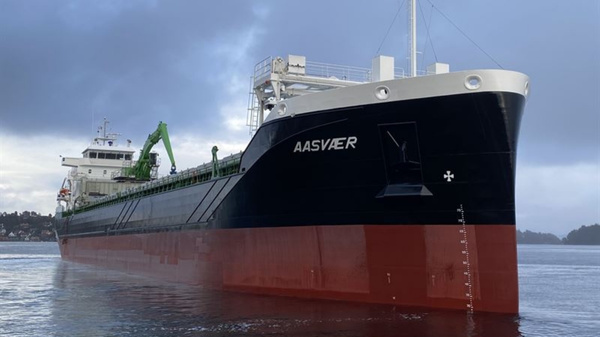
|
Wärtsilä secures sixth hybrid propulsion order from Aasen Shipping for bulk carrier series
Norwegian shipowner orders integrated system for 9,500 DWT vessel under construction at Royal Bodewes. |
|
|
|
||

|
Danish Shipping to push for IMO climate deal at COP30 after October setback
Industry body seeks alliances with climate-ambitious nations following postponement of Net-Zero Framework vote. |
|
|
|
||

|
Petrobras Global Trading seeks bunker trader for Rotterdam operations
Brazilian energy company's Dutch subsidiary advertises role focusing on marine fuel sales in Brazil. |
|
|
|
||

|
TotalEnergies charters hybrid lubricants bunkering barge for Fujairah operations
Tristar-owned vessel combines electric and biofuel power to reduce emissions by up to 35%. |
|
|
|
||
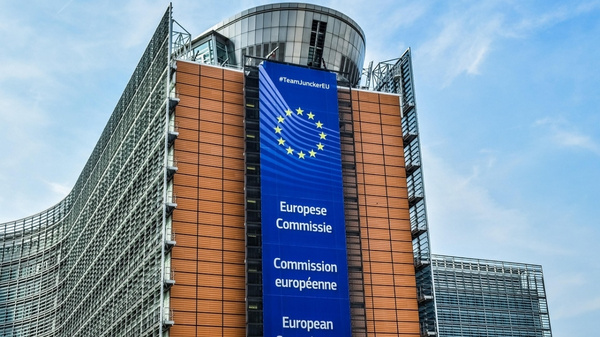
|
EU awards funding to 70 alternative fuels infrastructure projects across Europe
€600m funding will support ammonia bunkering, shore power, and charging infrastructure across 24 member states. |
|
|
|
||
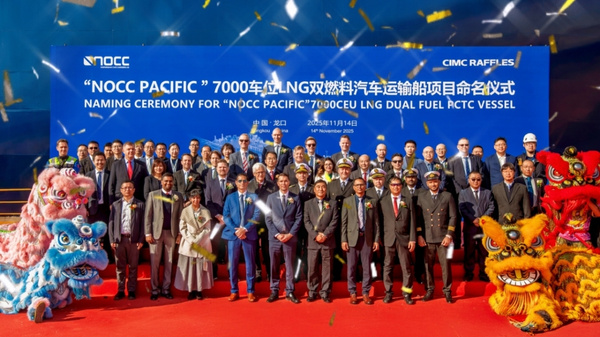
|
Norwegian Car Carriers' LNG dual-fuel, ammonia-ready PCTC is named
NOCC Pacific has received DNV's 'Ammonia-ready' notation, preparing it for the use of lower-carbon fuels. |
|
|
|
||
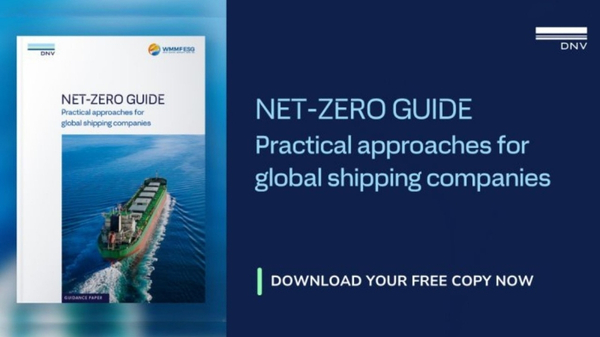
|
DNV and WMMF release guide to help shipowners navigate path to net-zero
Guide offers practical roadmap for decarbonisation amid evolving regulations and commercial pressures. |
|
|
|
||
| Cargo volume record for New York & New Jersey [News & Insights] |
| APL switches to low sulphur fuels in New York [News & Insights] |
| NY/NJ terminals to close on Oct 12th [News & Insights] |
| NY low sulphur initiative gets green light [News & Insights] |